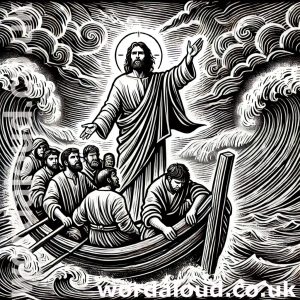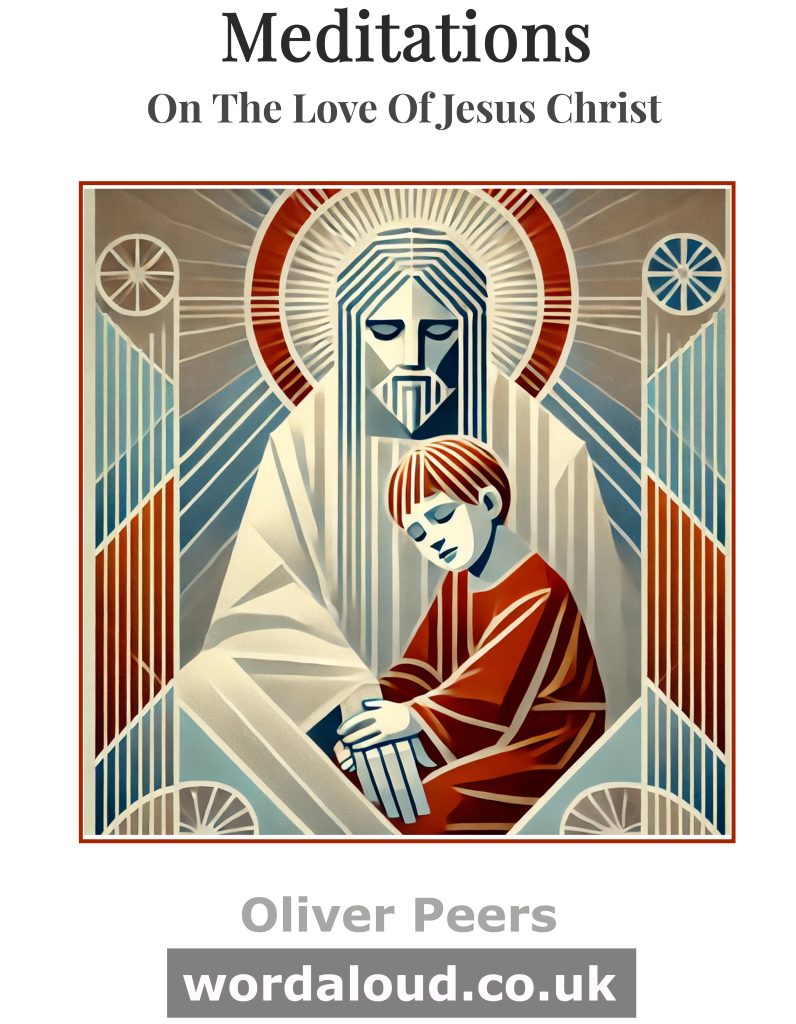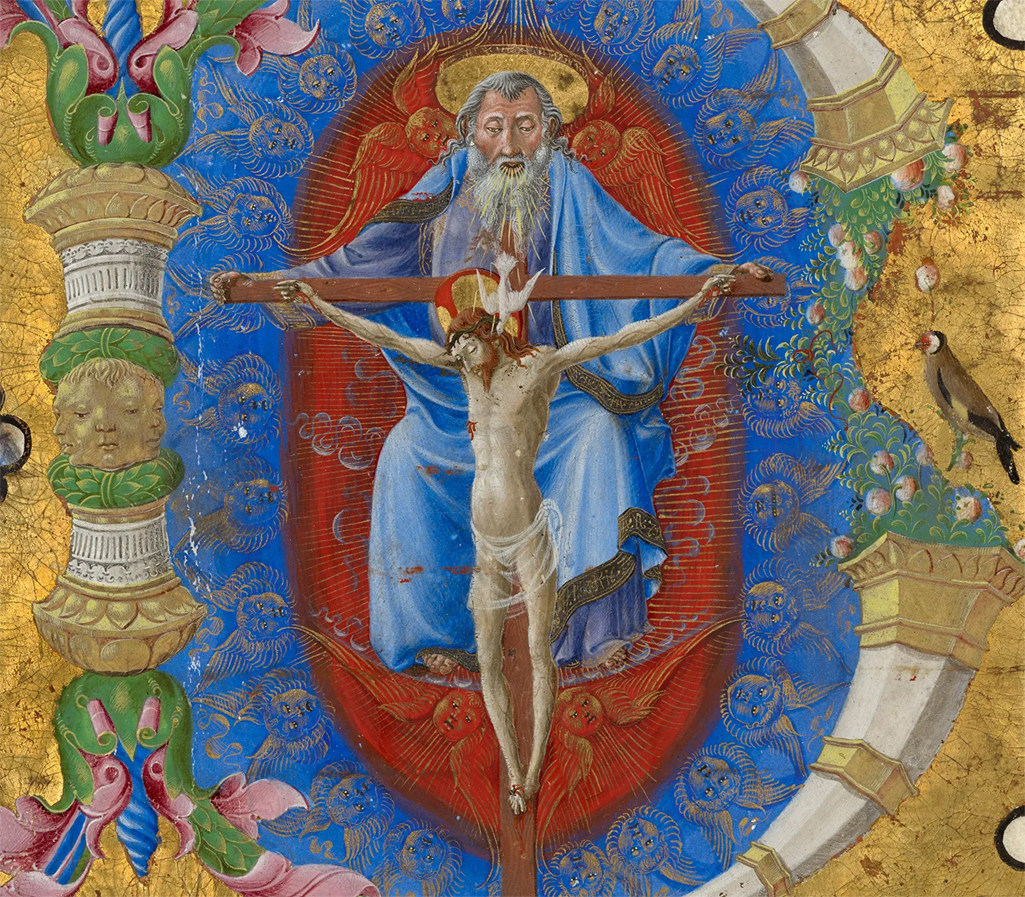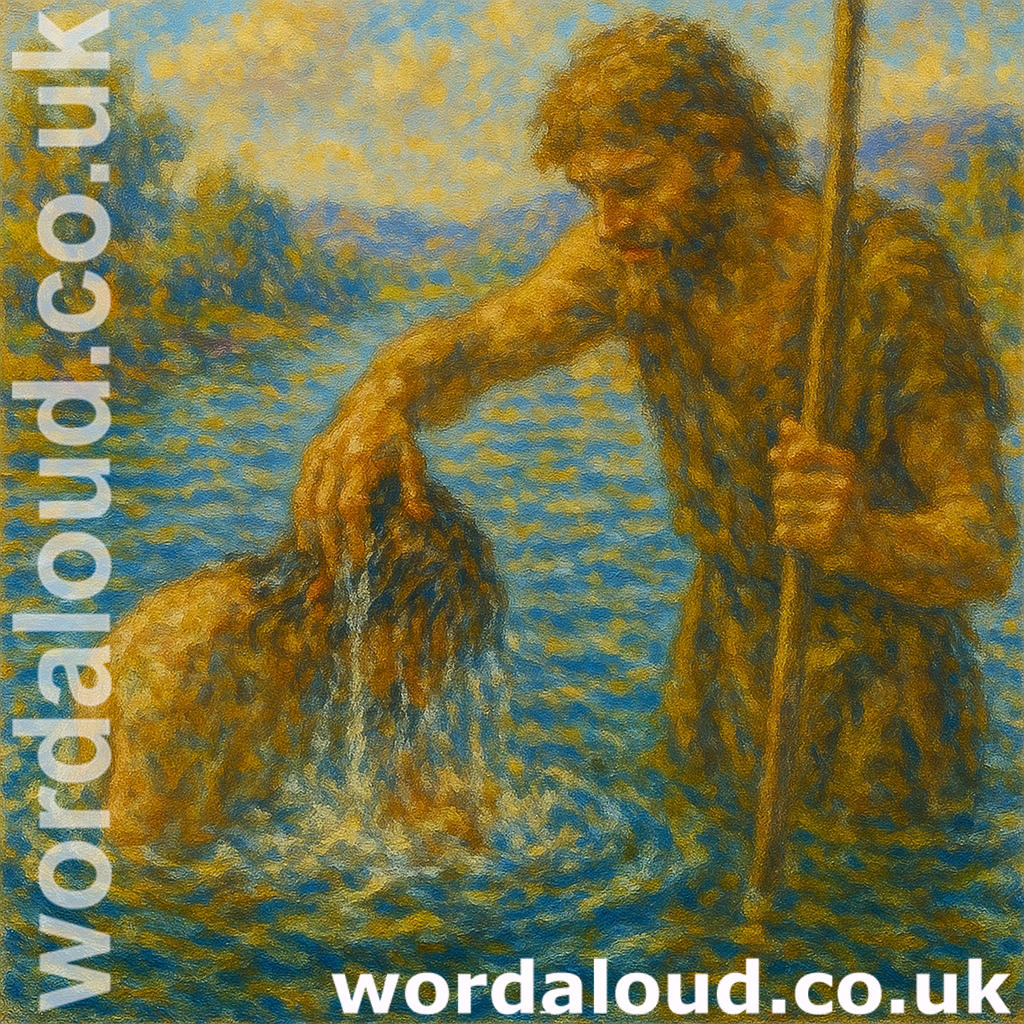Christian Art | Jesus’ Calming Of The Storm
Matthew 8: 23-27 – Week 13 Ordinary Time, Tuesday (King James Audio Bible KJV, Spoken Word)
23 ¶ And when he was entered into a ship, his disciples followed him.
24 And, behold, there arose a great tempest in the sea, insomuch that the ship was covered with the waves: but he was asleep.
25 And his disciples came to him, and awoke him, saying, Lord, save us: we perish.
26 And he saith unto them, Why are ye fearful, O ye of little faith? Then he arose, and rebuked the winds and the sea; and there was a great calm.
27 But the men marvelled, saying, What manner of man is this, that even the winds and the sea obey him!
Matthew is thought by some to have written his Gospel especially for converted Jews during the years 70s. Certainly, for all Christians, whether Gentile or Jew, Matthew wrote during a difficult period, when persecutions by the Roman authority became serious. By this time, there were communities of Christians dotted around the Mediterranean world. For some of these communities, repressions could be very brutal. Following on from the destruction of Jerusalem, there were also tensions between Jews and Christians in the regions of the Holy Land. The destruction of the Temple additionally represented an unsettling and loss of influence for those Jewish Christians who had been based in Jerusalem, and who had also used the Temple as a place of worship.
Jesus Faith And Trust In God | Calming Of The Storm
The miracle of the calming of the storm made a powerful impression on Jesus’ disciples. It is recounted by all three synoptic Gospels. In each Gospel, Jesus warns his disciples of the troubles to come. Jesus tells his disciples that to be Christians is going to be difficult, hard work, at times fatal.
Christians from early days have understood this miracle of Jesus as being a guide to the life of the Church and the experience of Christians. Many of us, thankfully, can only imagine the impact of the occasional bloody outbreaks of anti-Christian violence on those who sought to live a Christian life with Jesus. These were the early martyrdoms. In our own age, Christians are subject to violence and the threat of violence, for example in some countries where Islamist extremists have influence. These are the storms we weather.
The disciples were experienced fishermen, and the winds that can arise on the Sea of Galilee can be fierce, whipping up high waves. If the disciples thought they were serious danger, they no doubt were. They have followed Jesus into the boat, they are giving their lives to be travelling with Jesus, and now they are scared.
Why does Jesus sleep when there is water coming into the boat, and such fear among his disciples? Perhaps one answer is that Jesus is not afraid; he is calm in his faith in the Father. Jesus knows that the dangers posed by a storm are illusory. When he is awoken, and before he calms the storm at a word, he first asks his disciples: Why are ye fearful, O ye of little faith?
Perhaps we may think of some of those early martyrs, who were slaughtered for public amusement in the circuses, and variously tortured to death. They had great faith. It didn’t prevent them from being killed, but certainly they died as if nothing was troubling them, knowing they were with Jesus. It is a challenging thought. Would we be so strong, or would we be sorely afraid?
Concluding Prayer
23 They that go down to the sea in ships, that do business in great waters;
24 These see the works of the LORD, and his wonders in the deep.
25 For he commandeth, and raiseth the stormy wind, which lifteth up the waves thereof.
26 They mount up to the heaven, they go down again to the depths: their soul is melted because of trouble.
27 They reel to and fro, and stagger like a drunken man, and are at their wits’ end.
28 Then they cry unto the LORD in their trouble, and he bringeth them out of their distresses.
29 He maketh the storm a calm, so that the waves thereof are still.
30 Then are they glad because they be quiet; so he bringeth them unto their desired haven. (Psalm 107)

![]()
King James Audio Bible | Endnotes
The Disciples Do Not Know Who Jesus Is
In Matthew 8:23-27, we see the disciples struggling to understand who Jesus truly is. As they set out on a boat, a great storm arises, and the disciples become afraid. They wake Jesus, pleading with Jesus to save them. Jesus rebukes them, saying: ‘Why are ye fearful, O ye of little faith?’ (Matthew 8:26)
This interaction shows us that the disciples did not fully comprehend the power and authority of Jesus. They witness Jesus’ miracles and teachings, but they struggle with doubts and fears.
This is a theme throughout the Gospels. Despite being with Jesus day in and day out, the disciples often failed to understand who he was and what he came to do. They argued among themselves about who was the greatest, they questioned Jesus’ teachings, and they even betrayed him.
It is only after Jesus’ death and resurrection that the disciples finally come to fully understand who Jesus is. In the book of Acts, we see Peter proclaiming boldly: ‘Ye men of Israel, hear these words; Jesus of Nazareth, a man approved of God among you by miracles and wonders and signs, which God did by him in the midst of you, as ye yourselves also know.’ (Acts 2:22)
This newfound understanding of Jesus’ power and authority is reflected in the writings of early Christian theologians, such as Saint Ignatius of Antioch, who wrote in one of his letters: ‘There is one physician who is possessed both of flesh and spirit; both made and not made; God existing in flesh; true life in death; both of Mary and of God; first possible and then impossible, even Jesus Christ our Lord.’
The story of the disciples’ struggle to understand who Jesus is reminds us that our faith is a journey. It is a process of growth and discovery, and we are not always going to have all the answers.
In the end, the disciples’ lack of understanding did not prevent them from being used by God to spread the good news of the Gospel.








